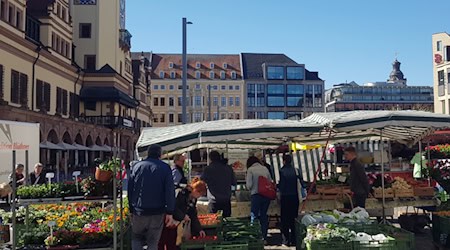The threat of climate change is becoming increasingly urgent, and new and innovative solutions are needed to meet the challenges of the 21st century. One such solution comes from an unexpected direction: blockchain technology. KlimaDAO is a decentralized autonomous organization (DAO) that aims to transform the global carbon market and thus accelerate the transition to a low-carbon economy.
What is KlimaDAO?
KlimaDAO is an organization based on blockchain technology. Its goal is to revolutionize the carbon market by removing carbon credits from circulation and thereby increasing the price of CO2 emissions. This is intended to motivate companies to reduce their emissions as the cost of carbon credits increases.
How does KlimaDAO work?
- Purchasing KLIMA tokens: Users:inside can purchase KLIMA tokens, which are backed by certified carbon emission credits. These credits are certified by recognized organizations such as Verra or the Gold Standard.
- Staking KLIMA tokens: By staking (depositing) KLIMA tokens, you as a user receive:in a reward in the form of additional KLIMA tokens. This creates an incentive to hold the tokens and not sell them.
- Carbon lock-in: KlimaDAO removes the purchased carbon credits from trading. This reduces the supply of carbon credits and increases their price. Companies are thus encouraged to reduce their emissions, as it becomes more expensive to offset emissions.
- Decentralized governance: KlimaDAO is organized in a decentralized way, which means that all important decisions are made by the KLIMA token holders:inside . This ensures transparent and democratic management of the organization.
Why is KlimaDAO important?
KlimaDAO offers an innovative way to combat climate change. By increasing the price of carbon emissions, companies are pushed to develop more sustainable practices and reduce their emissions. The organization uses blockchain technology to ensure transparency and efficiency while making a positive impact on the environment.
Challenges and criticisms
- Energy consumption: The blockchain technology behind KlimaDAO is energy-intensive. This leads to CO2 emissions, which could partially reduce the positive effects.
- Stable value: The value of KLIMA tokens is speculative and can fluctuate significantly. In the long term, the value will be stabilized by the increasing demand for carbon credits.
- Scalability: The success of KlimaDAO depends on its ability to lock up large amounts of carbon credits and significantly influence the market.
Conclusion
KlimaDAO is an exciting approach in the fight against climate change. By leveraging blockchain technology and decentralized governance, it offers an innovative way to influence the carbon market and incentivize a low-carbon future. While some challenges and criticisms exist, KlimaDAO shows how technology can be used to serve the environment.
__
Links to KlimaDAO:
- KlimaDAO Official Website: KlimaDAO's official website provides comprehensive information about its mission, how it works and current projects.
- Medium articles about KlimaDAO: Articles on Medium that provide deeper insights into how KlimaDAO works and its impact on the carbon market. KlimaDAO: The Path to a Sustainable Future
- CoinDesk article on KlimaDAO: CoinDesk provides reporting and analysis on KlimaDAO and the use of blockchain in carbon markets.
Glossary
- DAO (Decentralized Autonomous Organization): An organization based on blockchain technology whose decisions are made by the votes of its members, without the need for a central authority.
- Blockchain: A decentralized and distributed database technology that stores transactions transparently and immutably.
- Carbon credit(Carbon Credit): A tradable certificate or permit that allows an organization to emit one ton of CO2 or an equivalent amount of other greenhouse gases.
- KLIMA token ($KLIMA): KlimaDAO's native cryptocurrency backed by carbon credits.
- Staking: The process of holding cryptocurrencies in a wallet to support the network and receive rewards in return.
- Carbon sequestration: The process of removing carbon credits from the market to reduce their availability and increase prices.










